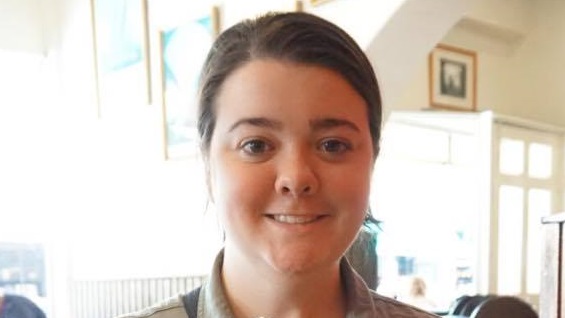Below is a summary of the abstract you submitted. Presenting author(s) is shown in bold.
If any changes need to be made, you can modify the abstract or change the authors.
You can also download a .docx version of this abstract.
If there are any problems, please email Dan at dar78@pitt.edu and he'll take care of them!
This abstract was last modified on May 3, 2017 at 4:05 p.m..

Bacteriophages are viruses that infect bacteria, using them as hosts. Because these phages infect bacteria, research is being done to study their potential as alternatives to traditional antibiotics. Bacteriophages are the most numerous entity on the planet, vastly outnumbering every living organism there is, including bacteria. Due to the sheer number of bacteriophages, new phages are discovered, isolated and described often. Joining in the search for phages, the University of West Alabama has isolated and described two new phages including a new addition to the F2 subcluster called Demsculpinboyz and Schatzie a member of the J cluster. These phages were discovered using the host Mycobacterium smegmatis mc<sup>2</sup>155, a relative of the troublesome M. tuberculosis. Students followed the procedures found in the Science Education Alliance-Phage Hunters Advancing Genomics and Evolutionary Science (SEA-PHAGES) discovery guide to isolate and purify each phage. It is also interesting to note that these very different phages were found in such close proximity to each other. In fact, Demsculpinboyz and Schatzie were found within the same soil sample and cultured in the direct isolation step of the phage isolation process. Both of these phages proved to be housing large genomes, Demsculpinboyz has a base pair count of 57,437 and Schatzie has a base pair count of 111,345. Additionally, the content of GC nucleotides were average at 60.9% GC content in Demsculpinboyz, and 60.8% GC content in Schatzie. The number of genes in Demsculpinboyz is 117, whereas Schatzie has 201 genes; Demsculpinboyz has no tRNAs and Schatzie has 1 tRNA. Genome annotation was achieved using DNA Master, Phamerator, Starterator, HHpred, Aragorn, tRNAscan-SE, the phages database at PhagesDB, and the National Center for Biotechnology Information (NCBI) database.


